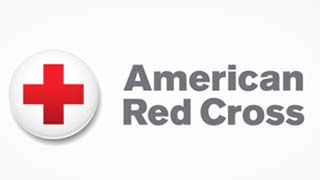Ready to help? Here's what you need to know about sending relief.
We know how important it is to get supplies to affected areas following disaster. Because safety is paramount in our industry, shipping air cargo requires strategic planning in cooperation with TSA regulations. However, we're committed to getting your relief supplies to the area as quickly as possible.
Simply follow the link directly below to provide us with all the information we need to coordinate your shipment.
Disaster Relief Request Form »
In coordination with the TSA, we require anyone shipping goods with us to be approved by the TSA as a Known Shipper.
If you are not a Known Shipper
Please send the specific items that you would like to send, which includes weight and dimensions, to a local freight forwarder in your area. You can also reach out to the American Red Cross to send supplies or volunteer your time.
If you are a Known Shipper
Please complete the Disaster Relief Request Form so we can contact you directly.
If your organization wants to become a Known Shipper
You can apply for a Precise Account Locator (PAL) on aacargo.com to start the TSA approval process. Once approved, complete the Disaster Relief Request Form so we can contact you directly.
NOTE: Individuals will not likely be approved to become a Known Shipper. It is intended for organizations who will routinely send freight.
Shipment must be properly packaged and labeled by the Shipper to ensure:
Recommended items
Recommended food items
Unacceptable for aircraft
Please check our alerts section daily as we provide service updates to the affected areas.

American Airlines has partnered with American Red Cross for many years. Please consider making a donation to the Red Cross if none of these options are feasible.